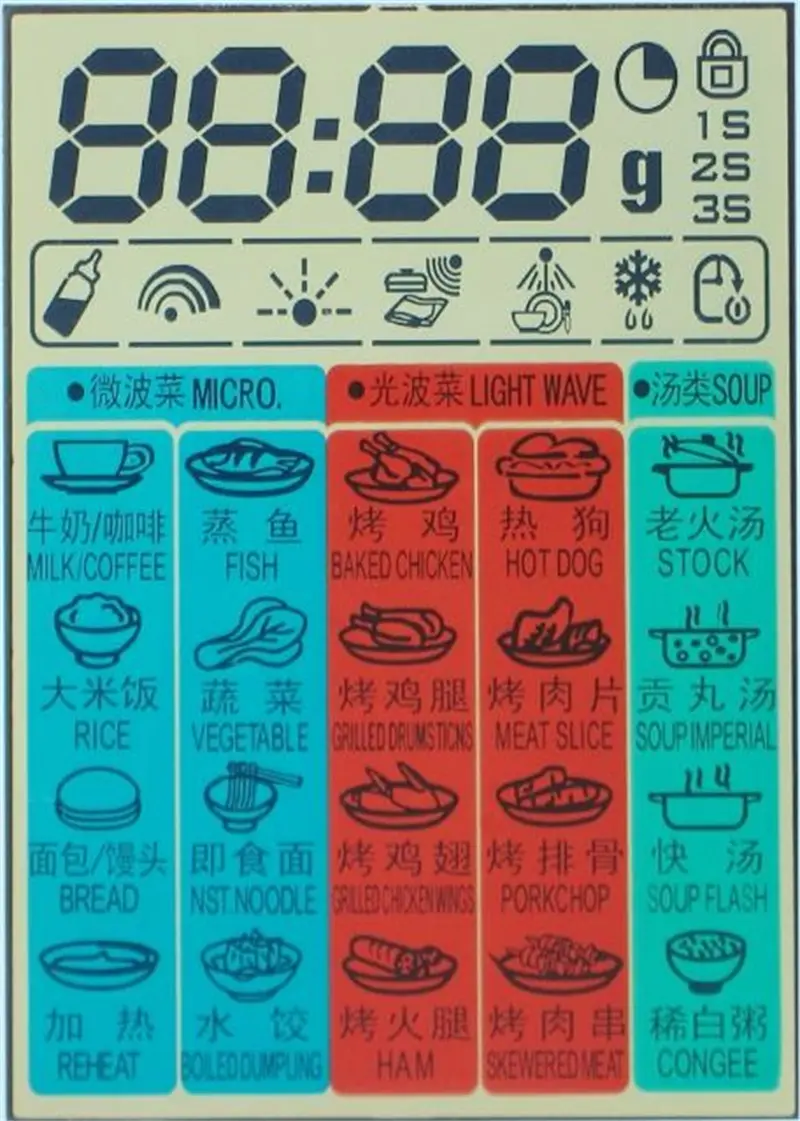To put it simply, the basic principle for the screen to complete the display is to fill the gap between the two parallel plates with liquid crystal material or Liquid Crystal Display Module, and then change the arrangement of the molecules inside the liquid crystal material through voltage to achieve shading It can display images with different shades and light transmission, and only need to add a three-color filter layer between the two plates to complete the display of colorful images. The structure of Liquid Crystal Display is to place liquid crystal materials in two parallel glasses. There are many small vertical and horizontal wires in the center of the two glasses. The rod-shaped crystal molecules are controlled by electrification or not, and then change. Direction, the picture produced by refracting its light. It is much better than CRT, but its price is more expensive. Liquid crystal is an organic compound composed of long rod-shaped molecules. In nature, the long axes of these rod-like molecules are roughly parallel. The first characteristic of LCD: liquid crystal must be poured between two planes with fine grooves to work normally. The grooves on these two planes are perpendicular to each other (intersecting at 90 degrees), so that is to say, if the molecules on one plane are arranged north-south, the molecules on the other plane are arranged east-west, and the molecules located on the two sides The molecules between the two planes will be forced into a 90-degree change state. Because the light is transmitted along the direction of the molecules, the light will also be changed by 90 degrees when passing through the liquid crystal. But when a voltage is applied to the liquid crystal, the molecules will be re-arranged vertically, so that the light can go out directly without any change. The second characteristic of LCD: it relies more on polarizing filters and the light itself. Natural light is randomly emitted towards all corners of the world, and polarizing filters are actually a series of parallel lines that become thinner and thinner. These lines form a net that blocks all light that is not parallel to these lines, and the line of the polarizing filter is also just perpendicular to the first one, so it can completely block those already polarized light . Only when the lines of the two filters are completely parallel, or the light itself has been modified to match the second polarizing filter, can the light pass through. The LCD is composed of two such polarized filters that are straight to each other, so under normal circumstances, all light rays that attempt to penetrate should be blocked. However, since the two filters are filled with distorted liquid crystals, when the light passes through the first filter, it will be changed by 90 degrees by the liquid crystal molecules, and then pass through the second filter. out. On the other hand, if a voltage is applied to the liquid crystal, the molecules will be rearranged and completely parallel, so that the light will not change, so it is just blocked by the second filter. If you need Fully Transparent Liquid Crystal Display, you can contact us. We have many years of production experience to create high-quality products. In short, the light can be blocked by powering on, and the light can be emitted without powering on. Of course, it is also possible to change the arrangement of liquid crystals in the LCD screen, so that the light will be emitted when the power is turned on, and will be blocked when the power is not turned on.




